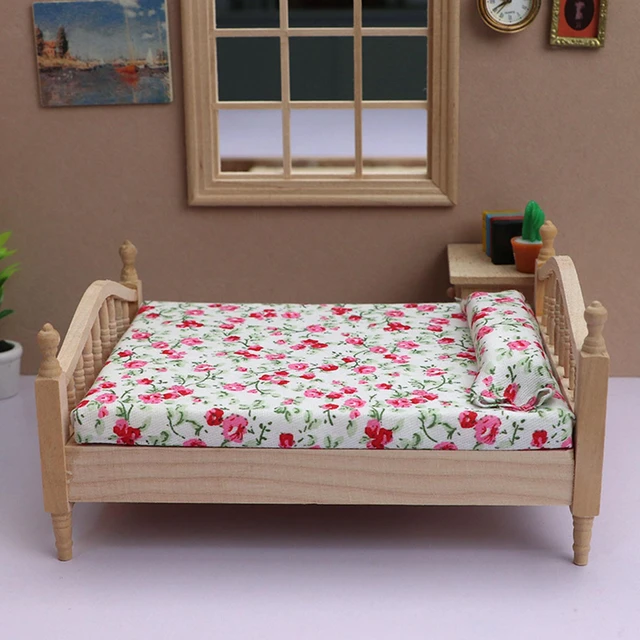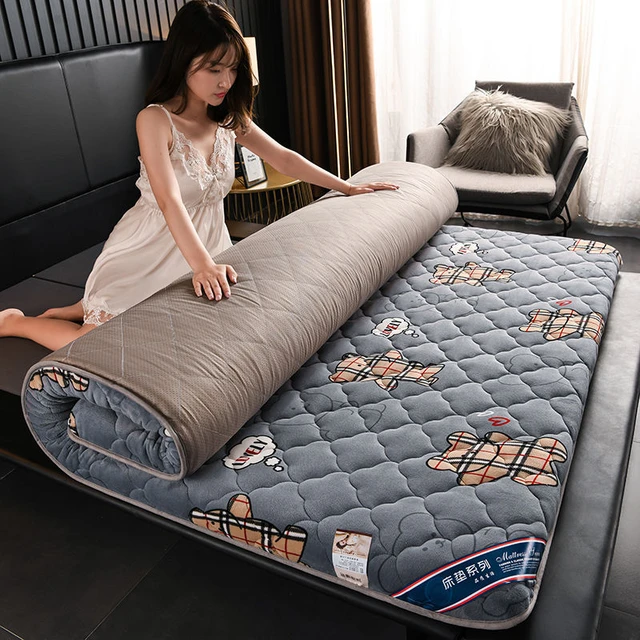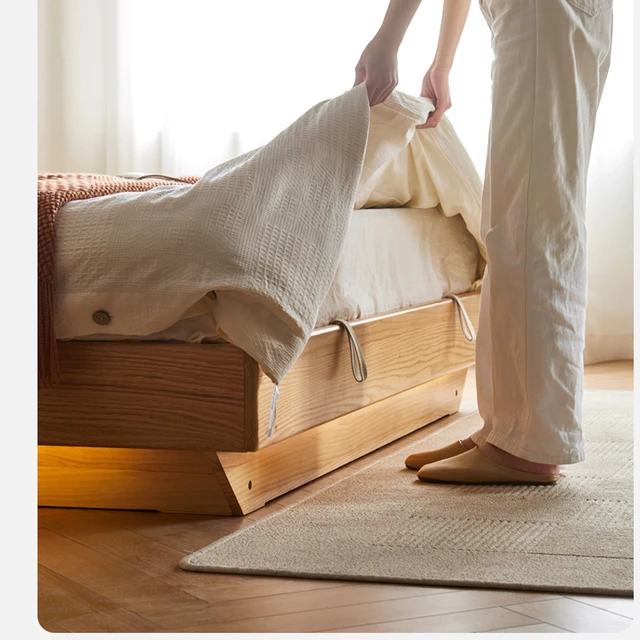Introduction:
In today’s fast-paced world, a good night’s sleep is more important than ever for overall health and well-being. Your mattress plays a crucial role in ensuring restful sleep, but finding the perfect mattress can be challenging. Off-the-shelf mattresses may not always meet your specific needs or preferences. However, with a little creativity and effort, you can craft your own custom mattress tailored to your comfort requirements. This DIY mattress making guide will walk you through the process, from selecting materials to assembly, empowering you to create the perfect sleeping surface for a truly rejuvenating sleep experience.
Planning and Preparation Before diving into the mattress-making process, take some time to plan and gather the necessary materials and tools. Consider factors such as mattress size, firmness level, and any specific features you desire, such as hypoallergenic materials or temperature regulation. Here’s what you’ll need:
Materials:
- Mattress core material (e.g., foam, latex, or springs)
- Comfort layers (e.g., memory foam, wool, or cotton batting)
- Fabric for the mattress cover
- Adhesive or stitching supplies
- Optional accessories (e.g., mattress topper, waterproof barrier)
Tools:
- Measuring tape
- Utility knife or scissors
- Sewing machine (if sewing your own mattress cover)
- Adhesive applicator (if using adhesive)
- Staple gun (if securing layers together)
Selecting the Core Material The core material forms the foundation of your mattress and provides support.
Common options include foam, latex, or innerspring coils. Consider factors such as durability, supportive, and breathability when choosing the core material. Foam mattresses offer contouring support and pressure relief, while latex mattresses provide natural resilience and breathability. Innerspring mattresses offer traditional support with varying levels of firmness.
Adding Comfort Layers Once you’ve selected the core material, you can customize the comfort layers to achieve your desired level of softness or firmness. Common comfort layers include memory foam for contouring support, wool for temperature regulation and moisture wicking, and cotton batting for added cushioning. Layer the materials according to your preferences, with firmer layers closer to the core for support and softer layers on top for comfort.
Crafting the Mattress Cover The mattress cover not only protects the layers inside but also enhances comfort and aesthetics.
You can either purchase a pre-made mattress cover or sew your own using fabric of your choice. If sewing your own cover, measure and cut the fabric to fit the dimensions of your mattress layers, leaving room for seams. Sew the fabric together, ensuring a snug fit around the mattress layers. Alternatively, you can use adhesive to secure the cover or staple it in place for a simpler assembly.
Assembly and Finishing Touches With all the components ready, it’s time to assemble your DIY mattress.
Place the core material and comfort layers inside the mattress cover, ensuring they are aligned properly. If necessary, use adhesive or staples to secure the layers together. Once assembled, zip or close the mattress cover securely. Add any optional accessories, such as a mattress topper or waterproof barrier, for added comfort and protection.
Testing and Adjustments After completing your DIY mattress, give it a test run to ensure it meets your expectations for comfort and support. Spend several nights sleeping on the mattress to evaluate its performance and make any necessary adjustments. You may need to tweak the layers or add additional padding to achieve the perfect balance of comfort and support. With a little experimentation, you can fine-tune your DIY mattress to suit your unique sleep preferences.Step 1: Planning and Preparation (Continued) During the planning phase, consider factors such as your body type, sleeping position, and any specific health concerns you may have. For example, individuals with back pain
Selecting the Core Material (Continued) Foam mattresses are popular for their contouring abilities and motion isolation, making them an excellent choice for couples or those who share a bed. Memory foam conforms to your body shape, relieving pressure on joints. Latex mattresses, on the other hand, offer natural breathability, hypoallergenic properties, and durability. Innerspring mattresses provide traditional support and can be customized based on coil gauge and arrangement.
If you prefer a hybrid mattress, you can combine different core materials to create a unique blend of comfort and support.
For instance, a memory foam and latex hybrid can offer the benefits of both materials, providing contouring support and natural resilience.
Adding Comfort Layers (Continued) Experiment with different combinations of comfort layers to achieve the desired level of comfort and support. Consider using wool batting for its natural temperature regulation properties and resistance to dust mites. Cotton batting can add extra cushioning and breathability. Additionally, consider incorporating natural materials such as bamboo or organic cotton for an eco-friendly touch.
Crafting the Mattress Cover (Continued) When selecting fabric for the mattress cover, opt for breathable and durable materials.
Look for fabrics that promote airflow and moisture-wicking to enhance the overall sleeping experience. Popular options include cotton, bamboo, or a blend of natural fibers. Consider using a mattress cover with a zippered closure for easy maintenance and removal.
Assembly and Finishing Touches (Continued) If you choose to use adhesive to secure the layers together, opt for a non-toxic, water-based adhesive that is safe for indoor use. Apply the adhesive evenly across the layers, following the manufacturer’s instructions. Alternatively, you can use a staple gun with heavy-duty staples to secure the layers in place. Be cautious when stapling to avoid damaging the mattress layers.
Testing and Adjustments (Continued) Pay attention to any discomfort or inconsistencies you experience during the initial testing period.
If the mattress feels too firm, consider adding a mattress topper made from memory foam or another comfort layer. If it feels too soft, you may need to adjust the layers or add a firmer core material. Remember, finding the perfect balance may require some trial and error.
Maintenance: To ensure the longevity of your DIY mattress, it’s important to maintain and clean it regularly.
Rotate the mattress every few months to promote even wear. Use a mattress protector to shield against spills, stains, and allergens. Vacuum the mattress periodically to remove dust and debris. Follow the manufacturer’s instructions for specific care guidelines based on the materials used.
Legal Considerations: Keep in mind that by crafting your own mattress, you take responsibility for its safety and compliance with local regulations. Familiarize yourself with any relevant laws or requirements regarding mattress manufacturing in your area.
 Conclusion:
Conclusion:
Crafting your own mattress allows you to create a personalized sleeping surface tailored to your specific needs and preferences. By selecting quality materials and customizing the design, you can enjoy a truly rejuvenating sleep experience every night. Follow this DIY mattress making guide to embark on your mattress crafting journey and unlock the secrets to restful sleep and waking up refreshed and energized each day. 


